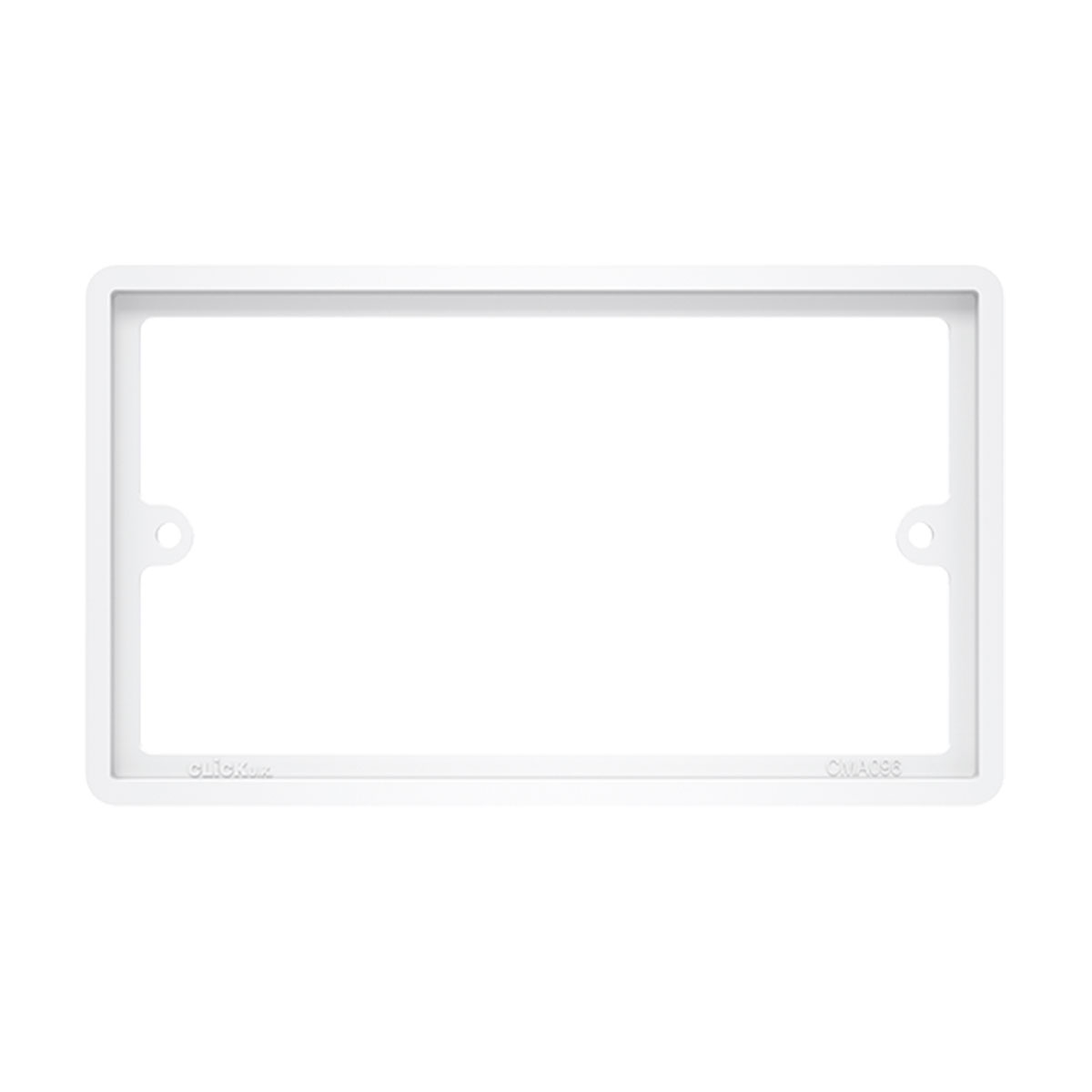Hi there,
Finally getting around to sorting this out... we had house rewired/electrics replaced a couple of years ago, then skirting boards installed more recently. You can guess what happened... see photo! I think what I need is to install 'spacers' like the below? Am I right in thinking that basically any 2-gang spacer will fit any sockets, and that it's an easy job to install, nothing more than a screwdriver needed? I know the colours and shape might not perfectly match but the current situation is horrible.

Thanks!
Finally getting around to sorting this out... we had house rewired/electrics replaced a couple of years ago, then skirting boards installed more recently. You can guess what happened... see photo! I think what I need is to install 'spacers' like the below? Am I right in thinking that basically any 2-gang spacer will fit any sockets, and that it's an easy job to install, nothing more than a screwdriver needed? I know the colours and shape might not perfectly match but the current situation is horrible.
Thanks!


